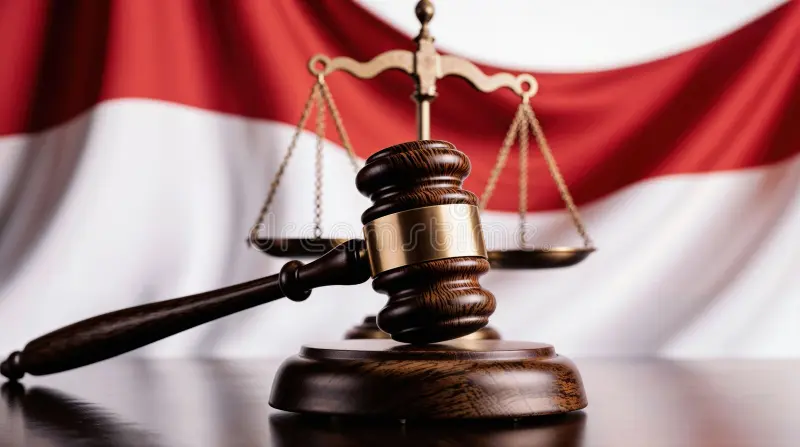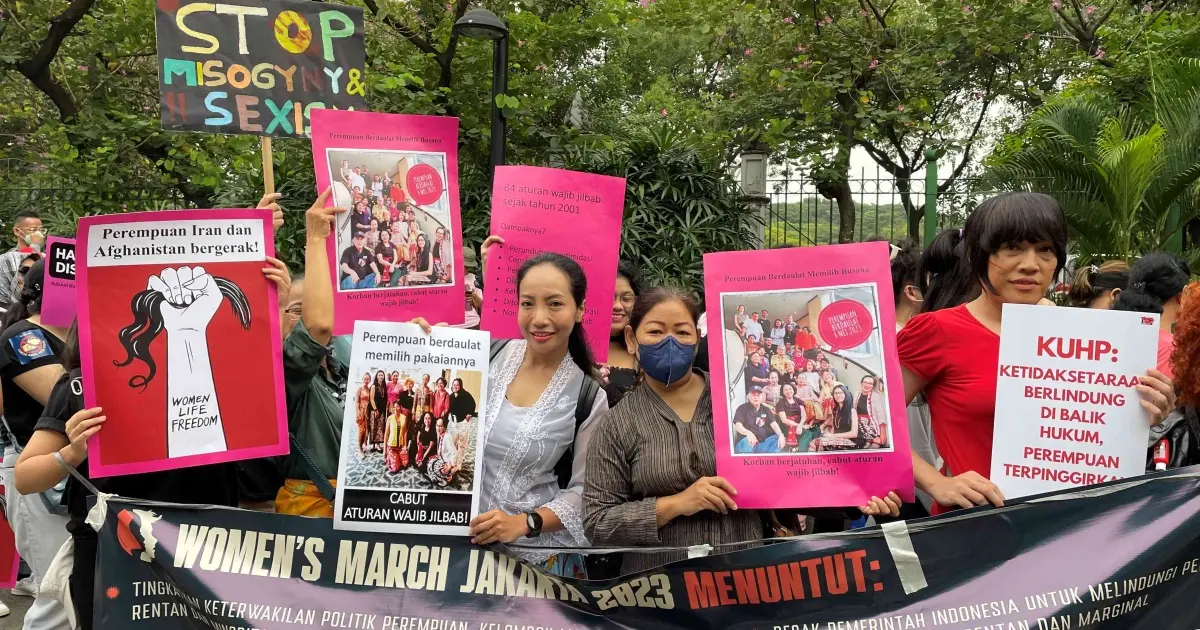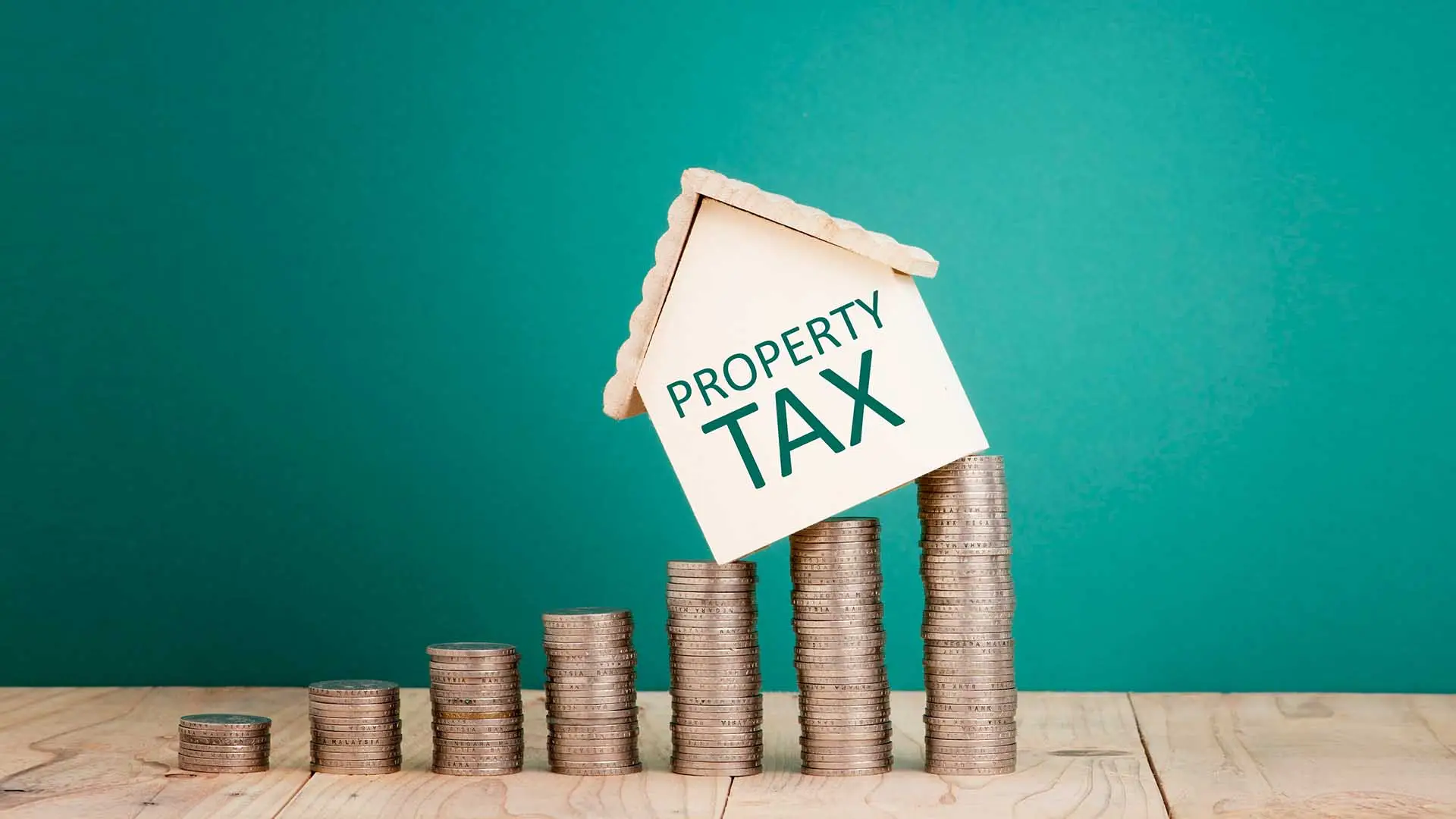Presidential History: Comparing Leadership Styles—Real Stories, Hard Lessons, and Surprising Insights
JAKARTA, turkeconom.com – Ever wondered why some presidents leave a legacy that sticks while others kinda… fade out? Yeah, me too. Presidential History: Comparing Leadership Styles isn’t just about old guys in suits—it’s honestly one of the most fascinating, sometimes hilarious, rabbit holes I’ve fallen into. I’ve spent many sleepless nights obsessing over what makes some leaders unforgettable (for better or worse). So, let’s get into the real talk—no sugar coating, no boring textbook stuff.
When Style Outshines Substance (Or Not…)
I used to think that charisma was the magic bullet. Like, if you can work a room like JFK or Obama, history just carves your name in gold, right? Well, kinda. But I learned the hard way—sometimes watching politic dramas, sometimes from books—that substance matters. FDR? Dude wheeled himself through World War II, literally and figuratively. No TikTok, no Insta filters, just pure grit and really big ideas like the New Deal.
But don’t get me wrong—leadership style isn’t just flashy speeches. There’s Truman, plain-spoken and blunt, dropping the bomb and taking ownership with his iconic “the buck stops here” mantra. I used to underestimate quiet leaders like him, but I was so wrong. Turns out, sometimes you need someone steady, not just shiny.
Bold, Careful, or Somewhere in Between?
The more I dig, the more I see three big “styles”—the visionaries, the pragmatists, and the consensus-builders. Think Kennedy rallying a nation for the moon, or Lincoln holding the country together (barely) during the Civil War. Both pushed boundaries, sometimes with risky moves.
Then there are the careful types, like Eisenhower. Seriously—dude hated unnecessary drama. He leveraged planning and caution to avoid crises and keep the peace (though, yeah, critics did say he played too safe sometimes). And in the consensus corner? Look at Lyndon B. Johnson. Not the most Instagrammable politician, but oh man, the Civil Rights Act. He wrangled Congress like a boss, trading favors, arm-twisting (legend has it, literally), making complicated changes happen.
I once tried to “be bold” in a student leadership gig—spoiler, I face-planted hard. Ignored advice, pushed too fast. If I’d used even half of LBJ’s patience in coalition building or Eisenhower’s measured approach, things might’ve gone smoother. My point? Presidential leadership styles are a wild balance!
Learning from Mistakes—Both Theirs and Mine
What fascinates me is how even the “greats” messed up. Reagan’s warmth? Won hearts, but Iran-Contra nearly wrecked him. Obama’s cool? Sometimes read as distant. I’ve totally misread my own strengths in group projects, just like some presidents overestimate their leadership vibe.
One big mistake: ignoring the room. Nixon, for example. Scared, tried to control everything, and Watergate happened. Classic tale of how over-managing and mistrusting your team can explode. In my early days at work, I micromanaged like hard. Burned out, annoyed everyone, and it backfired—hard. Wish I’d studied Nixon sooner and learned: trust your people, or you might get stuck cleaning up a mess you didn’t see coming.
Bring Data. Trust Instincts—but Not Blindly.
Something I picked up (finally) from watching speeches and reading biographies—great presidents often mixed gut feelings with honest feedback and hard data. Abraham Lincoln? Guy stuffed his cabinet with people who disagreed with him—on purpose! Imagine that now. Total confidence move. According to historian Doris Kearns Goodwin, this “team of rivals” actually boosted his decision-making, and helped end the Civil War. I’ve tried this at work. Opened up brainstorming to people who I thought would destroy my idea—shock, they made it way better. Painful, but golden.
Another cool find: researchers from Pew show citizens rated Franklin D. Roosevelt, Abraham Lincoln, and George Washington top for “crisis leadership.” But, respondents say Washington seemed “humble” compared to the rest. So, maybe humility’s underrated when talking about presidential history: comparing leadership styles.
Making It Practical—What We Can Steal for Everyday Life
Okay, you’re not running for president (or maybe you are?). Still, there’s a ton we can borrow:
- Communicate Big—But Listen Bigger. Bold vision works, but if nobody feels heard, it falls flat.
- Don’t Be Afraid of Rivals. Ego’s a killer. Dissent can be gold.
- Balance Instinct with Info. Go with your gut, but check the data before making wild moves.
- You Will Mess Up. Everyone does. Learn from both your flops and theirs. Like, really look back and laugh—and fix it next round.
My take? Presidential leadership style is less about copying famous speeches and more about understanding which traits actually fit your situation. Sometimes you gotta be an Eisenhower—chill, steady, planning two steps ahead. Sometimes, channel your inner Churchill (who, by the way, wasn’t even a president, but the dude had style). In politic and life, flexibility wins.
Wrap-Up: Choose Your Own Presidential Mashup
If history has a lesson, it’s this: There’s no “perfect” presidential leader. The best cobble together what fits—mixing Lincoln’s honesty, FDR’s grit, Johnson’s deal-making, and, sometimes, Teddy Roosevelt’s wild energy.
I’ve had wins and epic fails trying to copy-paste leadership styles. What’s worked? Learning from these presidential histories, then blending pieces that fit me—mistakes and all—instead of pretending I’m someone I’m not. Promise, it’s way more fun (and less exhausting!) that way.
So, take what you like, mess up confidently, and find your own style. That’s the real secret I picked up from presidential history: comparing leadership styles. Let me know what kind of leader YOU want to be!
Read also about Presidential History to explore the leadership, policies, and defining moments of presidents who have shaped national and global affairs throughout time.











